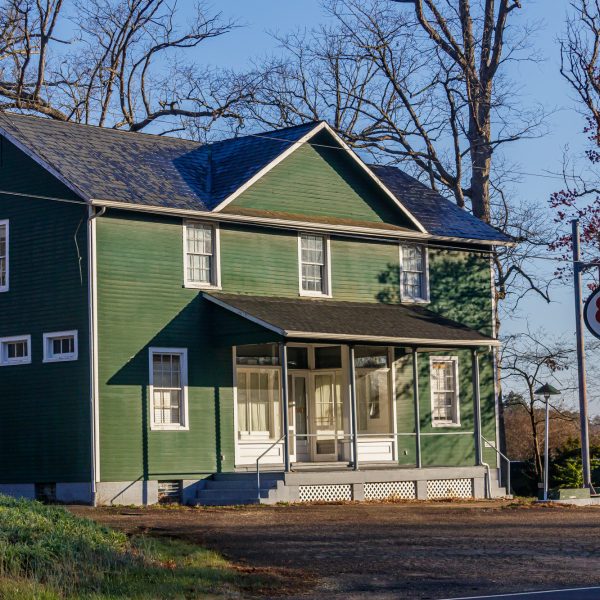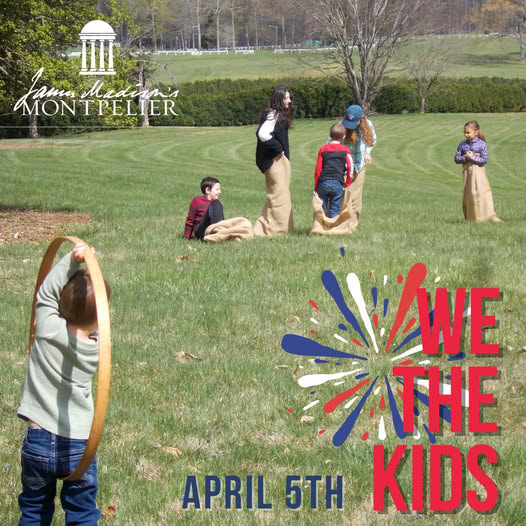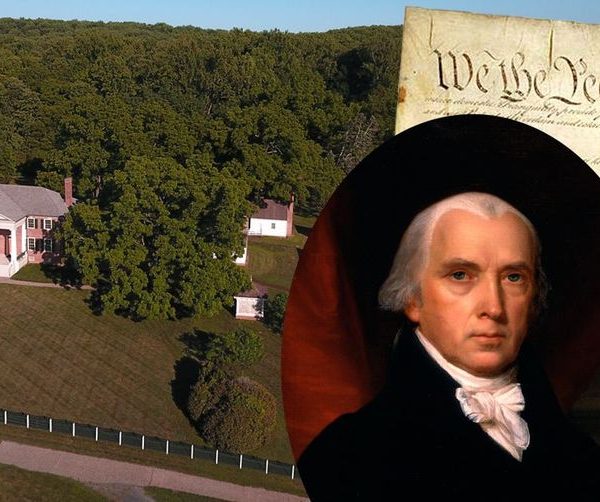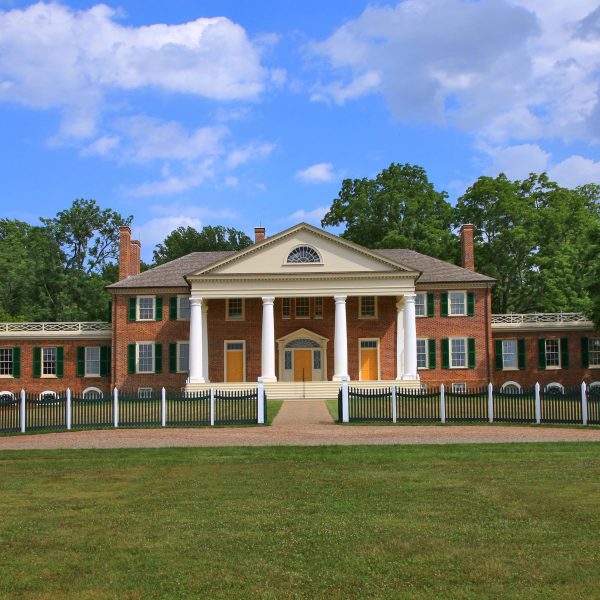Thanks-Giving for Corncobs at Germanna
This time of year, our thoughts usually turn toward two ideas – those of taking time out of our busy schedules to give thanks and enjoy an assortment of good food. Although those of us who are history-minded may also take a moment to consider the origins of the Thanksgiving holiday, we probably less often ponder the origins of the turkey, pumpkin pie, and vegetable dishes on our tables. At Historic Germanna, where we are always exploring the people and stories of Orange County’s past, food, and its complicated history are constantly on our minds. This is, in part, due to our ongoing archaeological investigations surrounding the early eighteenth-century sites of Fort Germanna, the Enchanted Castle, and the Town of Germanna. Food remains, especially animal bones, are common artifacts recovered from these archaeological sites. These remains help us to understand the culture and historic experiences of the individuals and communities who lived at Germanna and in the surrounding areas.
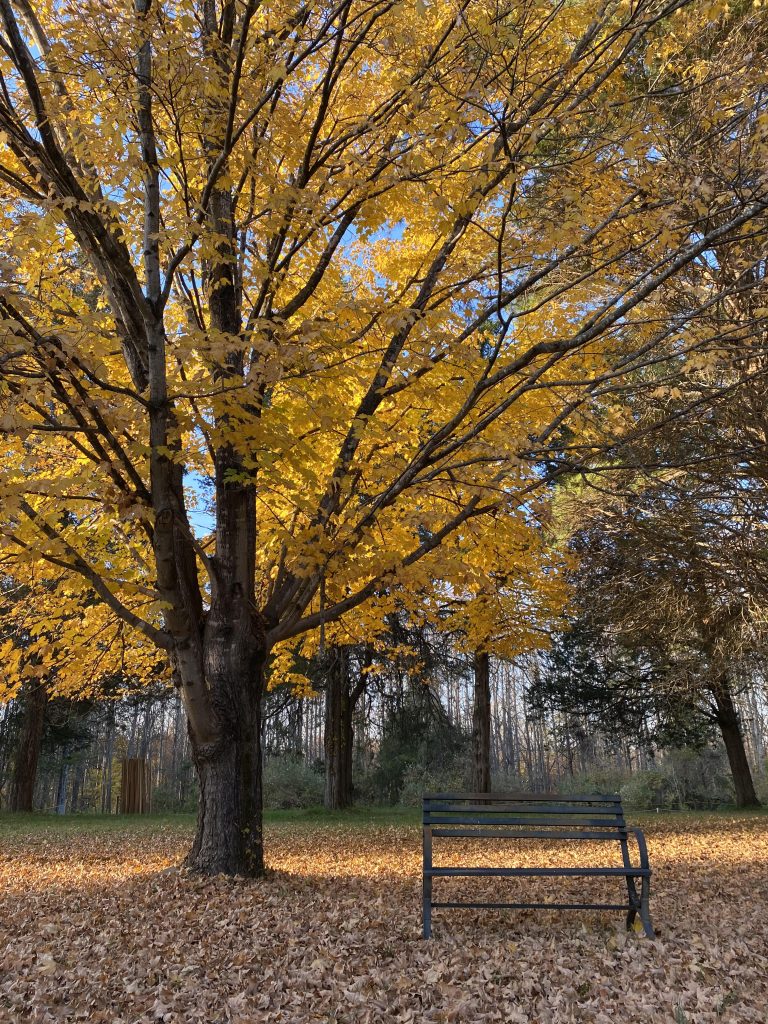
This season, Germanna’s archaeologists made a remarkable discovery while excavating a cellar within an outbuilding associated with the Enchanted Castle house. Along with animal bones, fish scales, and oyster shells, they discovered a number of charred corncobs. Although plant material does not usually survive in the soil for hundreds of years, these corncobs became carbonized during the fire that burned the house around 1750, and that carbonization helped to preserve the cobs. A close examination of the cobs revealed that they are a type of Eastern 8-Row or Flint corn (or maize), which is a variety originally cultivated by Indigenous groups in the northeast region of what is now the United States. This is the variety of corn that Europeans would have first encountered growing in the gardens and fields of the Siouan-speaking groups who cultivated this area for many generations. Those Indigenous groups dried the corn to use as flour for breads and soaked the corn to make hominy. The workers and residents of the Enchanted Castle grew the same corn and likely used many of the same recipes. Added to those practices were those of the many enslaved Africans and African Americans who lived and worked on the property and who likely prepared much of the food. Many historic recipes using corn came from their traditions and include cornbread, succotash, ash cakes, and corn pudding, to name just a few.
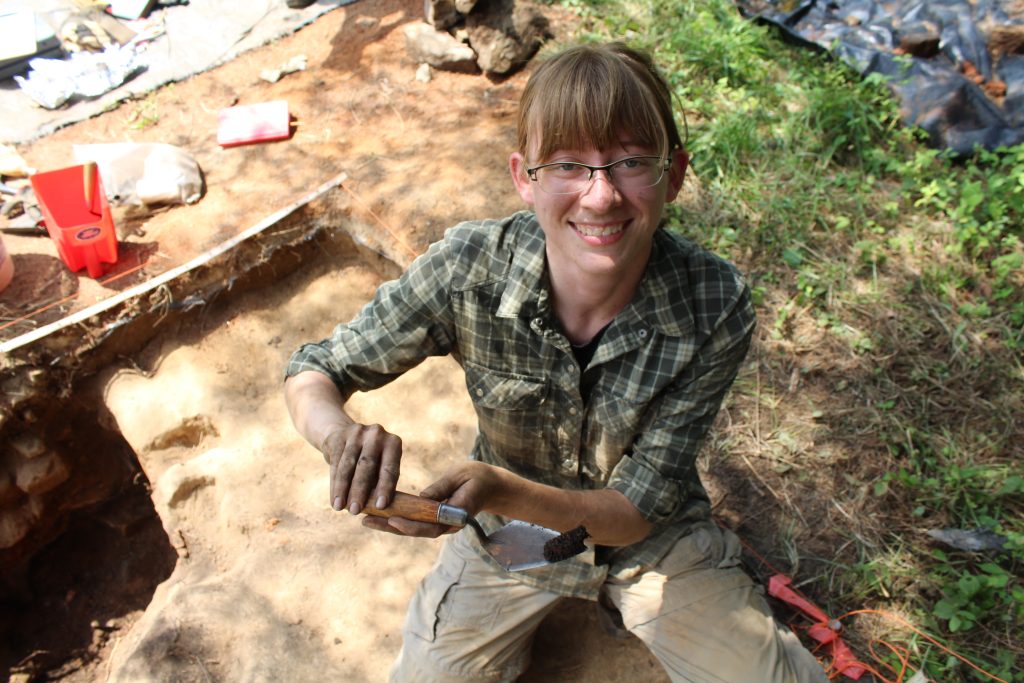
Will you have corn dishes on your Thanksgiving table this year? Maybe you could take a moment to give thanks to the blending of cultural knowledge that brought those dishes (and many others) to your table.
Although archaeological excavations are closing down for the season at the end of this month, you can visit Germanna’s lab in the Hitt Archaeological Center year-round, Mon-Fri 10 am-4 pm. The Historic Germanna Visitor Center is open Tues-Fri 10 am-4 pm and Sat 1 pm-4 pm, and the Siegen Forest Hiking Trails are free and open to the public every day from dawn until dusk.
Article written by: The Germanna Foundation
Similar Posts
-

Discover Local History and Explore Religious Freedom: Three Unmissable Events in Orange VA the First …
April 3rd, 2025
-

James Madison’s Montpelier Hosts Annual “We the Kids Day” on April 5th, 2025
April 3rd, 2025
-

Annual Constitution Day at Montpelier and a Day of Family-Friendly Fun!
September 18th, 2024
-

National Religious Freedom Celebration at James Madison’s Montpelier
January 12th, 2024

